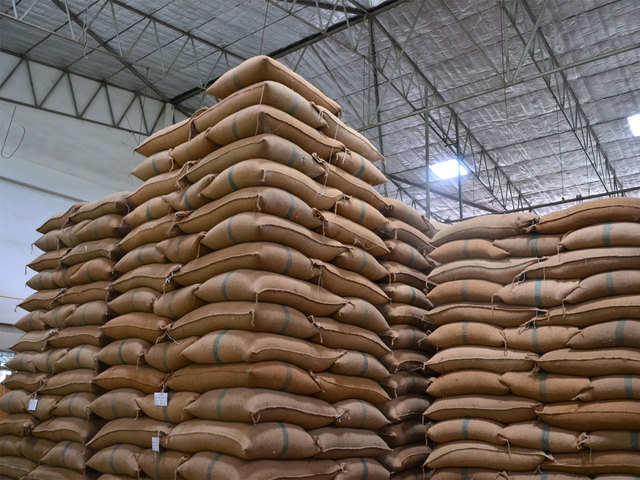Indian Army To Ensure Adequate Rations For Soldiers As They Stare China In The Eye - Logistical Balance

Logistical Balance
According to a report by TOI, the Indian Army has kicked off the process for this massive logistical exercise to ensure adequate special rations and other supplies for its soldiers, with Chinese troops yet to even "completely disengage" from the immediate face-off sites on the north bank of Pangong Tso and Gogra-Hot Springs in eastern Ladakh.
Double The Grain

"If the usual requirement in Ladakh is for about 30,000 metric tonne of rations for the entire year, this time at least double the quantity will be required due to the additional troops deployed there," a senior officer said Wednesday.
Harsh Winter Ahead
The PLA is not going anywhere soon. So, we are systematically preparing for the long haul, with the planning for our logistics and 'advance winter stocking' (AWS) underway," he said. "We may have to maintain a lot of our troops in the forward areas even during the winter to ensure PLA cannot exploit the situation," he said.
How It Works
The AWS, which includes planning, procurement and arranging transportation for supplies, is a long-drawn complicated yearly exercise to "pre-position and stock supplies" in all forward locations before the onset of snowfall and winter. The challenge is much more forbidding this time because more than triple the number of normal troops are now deployed in the region after the military standoff with China erupted in early-May. The forward locations, most of them over 15,000-feet in altitude, become largely inaccessible from November onwards.
Maintaining Calories
There is also an ongoing review of the "scale of rations" for the troops. "The usual norm is to have 2.5 kg of rations per soldier per day. But if the frills can be slashed without compromising the calorific value of around 3,500 kilocalories per man per day, it can reduce the weight of the rations by around 1 kg," said a source.



No comments:
Post a Comment